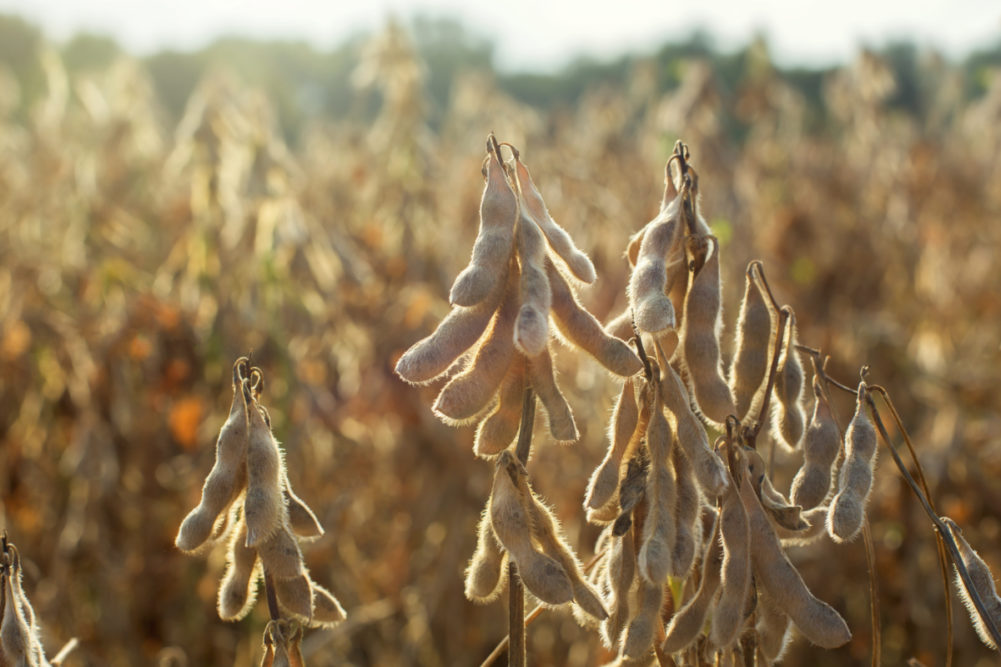The most recent five-year projection on supply and demand for the major grains published by the International Grains Council explain why there should be no complacency about productivity gain and trade facilitation in order to sustain a global balance sheet as well as trade needs for importing countries.
The following projections are possible supply-and-demand scenarios for the next five-year period through 2025-26, taking into consideration a number of broad assumptions, historical trends and expert analyses of demand trends in the post-COVID-19 era.
If growth in average yields matches recent trends, and assuming normal weather, global grain (wheat and coarse grains) production is projected at successive records during the next five years. This will be sufficient to keep pace with projected demand growth, but will allow little rebuilding of stocks, with the ratio of total grains stocks-to-use tightening a little.
While the rate of stock depletion for maize is projected to slow compared with the recent seasons, the world maize supply and demand outlook remains relatively tight. In comparison, world balance sheets for other grains remain relatively comfortable with only minor changes over the baseline.
International grain trade is seen expanding by an average rate of 2% annually, led by higher shipments of wheat and maize. The overall share of world wheat trade filled by the major exporters is maintained at around 93% over the five years, but with continued shifts between the origins. Expanding milling wheat imports account for much of the growth in wheat trade.
While annual increases in maize trade are expected to be slower than in recent years, rising feed needs will continue to drive growth in maize shipments, predominantly in developing countries. With limited production gains envisaged elsewhere, the share of world trade served by the four main maize exporters is forecast to edge slightly higher, averaging 89% during the next five years.
Outlook for soybeans
For soybeans, assuming area gains and improvements in productivity, global production is predicted to also hit successive peaks during the medium term but with growth likely to slow after an initially solid increase in 2021-22. The markets in Asia and the Americas will continue to shape the pattern of soymeal demand during the next five years, with food and industrial (biodiesel) sectors also set to contribute to growth in soy oil usage. A modest uptrend in world inventories is anticipated, tied to gains in major exporters.
World soybeans trade is set to grow progressively, albeit at a slower pace than in the past, with China’s share of the world total staying at about 60%. Other Asian buyers are set to secure a higher share, while the EU will remain an important market given the likelihood of tight local rapeseed supplies. Brazil will remain the preeminent supplier.
World rice production is anticipated to trend higher in the next five years. Gains predominantly will be due to improved yields as prospects for area growth in the major rice producing regions of Asia appear limited. By contrast, while remaining a relatively small producing region, sub-Saharan African output is expected to grow quickly as policy initiatives to promote production encourage planting.
While population growth will continue to underpin larger food requirements through to 2025-26, changing consumer preferences in Far East Asia, the world’s biggest consuming region, may contain growth in food uptake of rice. This includes China, where stocks are tentatively seen broadly stabilizing in the coming years amid official efforts to better manage inventories and maintain crop quality. Nevertheless, global inventories are likely to continue growing, led by gains in India. Trade is projected to expand as larger requirements in sub-Saharan Africa underpin demand, while India is seen remaining the world’s biggest exporter.
This study will serve as a backdrop for the annual IGC Conference to be held online June 8-9. More than 36 speakers will address the main risks and resilience of the global grains market such as trade policy development to avoid disruption of the dynamic flow of grains, trade finance as a trade facilitation tool toward developing countries and the adaptation of the whole grains value chain to the climate actions. Event registration is open at: https://www.igc.int/en/conference/confhome.aspx
Arnaud Petit is executive director of the International Grains Council. He may be reached at apetit@igc.int.




